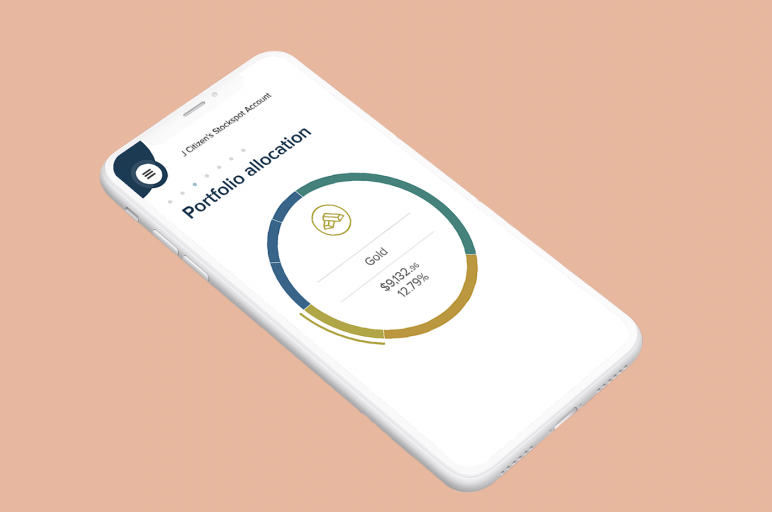When you’re investing, it’s not just the what but also the how that counts. In the diverse Australian investment landscape, custody or co-mingled ownership is a popular choice. This is a collective structure where a group of investors pool their funds together.
This shared approach can be cheaper as the costs are spread out amongst all participants. However, like all investment choices, this method carries its own set of risks that need careful consideration.
Navigating the challenges of custodial ownership
The main drawback of custodial ownership is the limited transparency. It’s often challenging to monitor your investments when they’re pooled with others. Yes, some firms are capable of managing these shared investments efficiently.
They might even appoint a trustworthy custodian to oversee your funds. But real-time insights into your portion of the investment’s financial health can be elusive.
This complexity is underscored by cases like Halifax Investments, where investors collectively faced a deficit of around $44 million. The lack of individual control meant many ended up with losses.
What’s a holder identification number (HIN)?
There’s another option for owning investments: the Holder Identification Number (HIN). This method allows you to hold assets individually. At Stockspot, we’re strong advocates of this approach. With a HIN, you get to own your assets, and only you. It’s this emphasis on individual ownership that’s central to our client-centric philosophy.
I created Stockspot to allow our clients to invest with a HIN as there are significant benefits to this structure. Your assets are legally and beneficially owned in your own name.
“The main drawback of custodial ownership is the limited transparency
The benefits of choosing a HIN
It’s true that choosing a HIN may result in slightly higher transaction costs with the ASX. However, the associated benefits can outweigh this. The foremost advantage is the security it offers you. With a HIN, regardless of any issues that might arise with your broker or the investment firm, your investments remain securely in your possession and held in your name.
The second advantage of a HIN is the flexibility it provides. With your investments held under your own name, transferring from one broker to another is significantly easier. In contrast, if your assets are held in a custodial or co-mingled structure, such transfers can often trigger capital gains taxes.
HIN vs custodial ownership
Ultimately, the choice between a custody or HIN ownership is yours to make. Custodial ownership might initially appear more attractive due to lower costs, but the risk factors and lack of transparency cannot be ignored. In contrast, HIN ownership might come with slightly higher costs, but it ensures greater security, flexibility and could help avoid unexpected tax issues in the future.
At Stockspot, we’re committed to helping you navigate these choices with ease. We encourage the use of the HIN structure, given its range of advantages. And we’re here to guide you at every step as you make your investment decisions.
Ready to embark on a simplified and secure investment journey? Get in touch with us at Stockspot. We’re all about making your money work harder, while keeping the process simple, accessible, and jargon-free.




